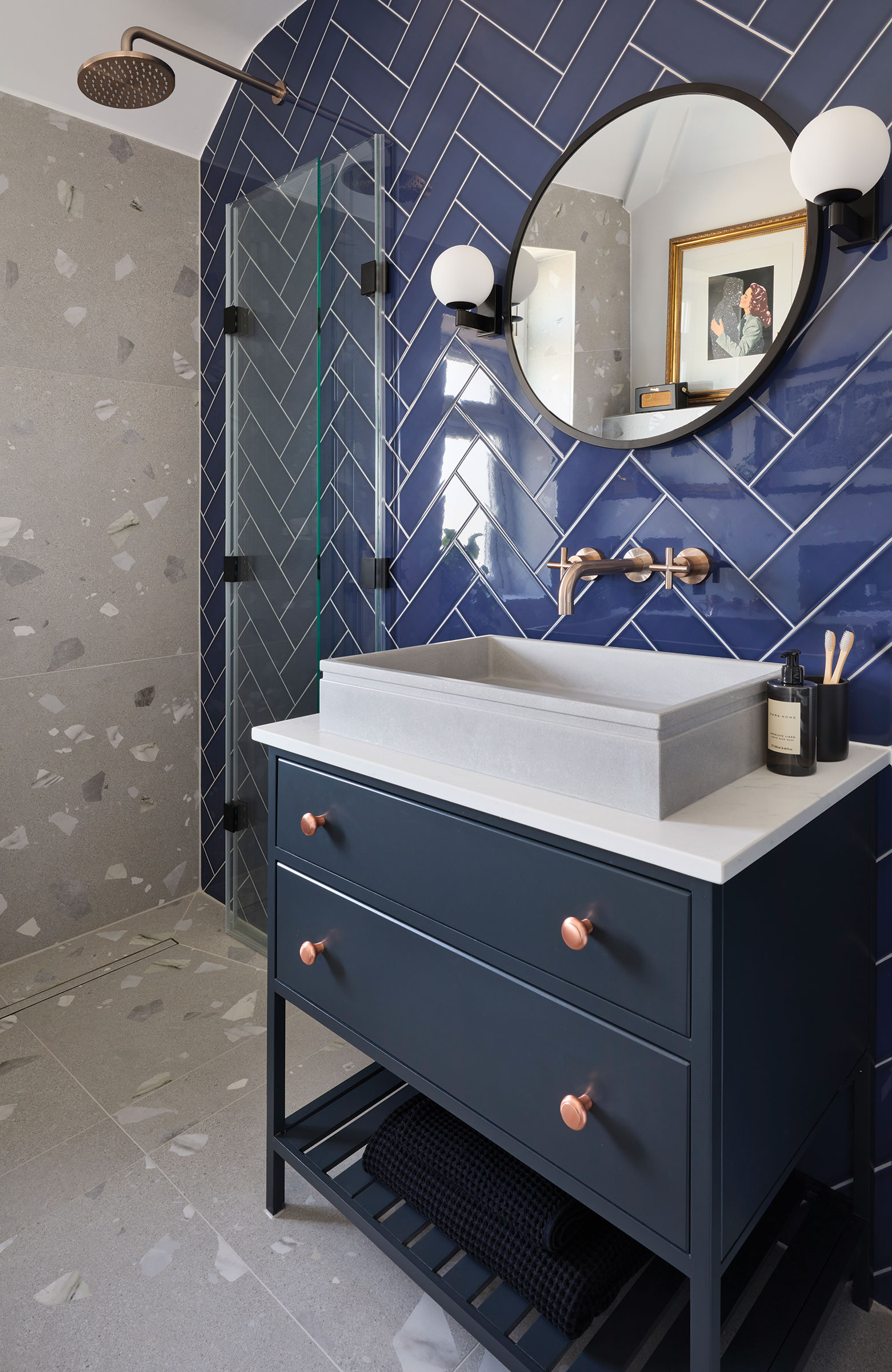
Ever noticed white patches of a powder-like substance on your walls, furniture, or fixtures? It could be mildew, but what is mildew and what (if anything) do you need to do about it?
Ensuring home ventilation is adequate is of vital importance to tackling mildew outbreaks in your home.
Here Malik Ahmed, home improvement expert and director of Bolt World, outlines what mildew is, what causes it, and how to prevent it.
What is mildew?
Mildew is a type of fungus that commonly appears as white or grey powdery patches on surfaces in damp or humid environments.
When it comes to mildew vs mould, both are fungi that can grow in homes, but they have distinct differences. Mildew typically appears as powdery, white or grey patches on surfaces and thrives in moist environments like bathrooms. While it can cause minor health issues, mould, with its various colours and fuzzy or slimy texture, is more diverse and can be significantly more hazardous to health, often requiring professional removal and remediation.

What causes mildew in a home?
Mildew in a home is typically caused by a combination of moisture and organic materials. While poor ventilation can contribute to the development of mildew, it is not the sole cause. Here are some common factors that can lead to mildew growth:
- High humidity: Mildew thrives in environments with high humidity levels. Areas like bathrooms, kitchens, and basements are particularly susceptible if they are not adequately ventilated or have poor moisture control.
- Dampness: Any surface or material that remains consistently damp or wet can promote mildew growth. This can occur due to leaks, condensation, or prolonged exposure to moisture.
- Organic materials: Mildew feeds on organic materials like wood, paper, fabrics, and even dust. If these materials are exposed to moisture, mildew can develop.
- Lack of ventilation: Poor ventilation can exacerbate mildew issues by trapping moisture indoors and causing damp. Proper ventilation helps maintain a balanced indoor humidity level and reduces the likelihood of mildew growth.
- Insufficient cleaning and maintenance: Neglecting regular cleaning and maintenance of areas prone to moisture buildup can create an environment conducive to mildew growth.
How to get rid of mildew
Homeowners can get rid of mildew by following a few key steps:
Bring your dream home to life with expert advice, how to guides and design inspiration. Sign up for our newsletter and get two free tickets to a Homebuilding & Renovating Show near you.
- Identify the source of moisture: Before addressing the mildew itself, it's crucial to identify and eliminate the source of moisture that is promoting mildew growth. This might involve fixing leaks, improving ventilation, or addressing humidity issues.
- Protect yourself: When dealing with mildew, it's a good practice to wear protective gear, including gloves and a mask, to avoid inhaling mildew spores and to prevent skin contact.
- Remove the mildew: Depending on the surface and severity of the infestation, you can often remove mildew from walls and hard surfaces using a scrubbing brush or a heavy-duty cloth along with a general household cleaning solution. Make sure you are wearing gloves to protect your hands.
- Prevent future growth: To prevent mildew from returning, address the underlying moisture issue. Improve natural ventilation, fix leaks, and maintain a dry environment. Consider using dehumidifiers in areas prone to high humidity.
- Regular maintenance: Regularly inspect areas where mildew is likely to occur, such as bathrooms and basements, and promptly address any signs of moisture or mildew growth. Improving things such as bathroom ventilation along with consistent cleaning and maintenance can help prevent mildew from returning.
Remember that mildew can have health implications, so it's essential to handle it with care and take appropriate precautions. If you have health concerns or are dealing with a severe infestation, it's advisable to consult with professionals for remediation.
Improving ventilation to prevent mildew
Improving ventilation is an effective long-term solution to preventing mildew in your home, especially in areas where moisture tends to accumulate, like bathrooms, kitchens, and basements. Proper ventilation helps maintain a balanced indoor humidity level and promotes air circulation, which can significantly reduce the risk of mildew growth. Here's why it's a valuable long-term strategy:
Reduced humidity: Adequate ventilation helps reduce indoor humidity levels by expelling moist air and bringing in drier outside air. Lower humidity inhibits mildew growth since mildew thrives in high-humidity environments.
Improved air circulation: Good airflow helps prevent moisture from becoming stagnant in specific areas, which is crucial in areas where condensation can occur. Stagnant air can create pockets of high humidity, making it more conducive to mildew growth.
Faster drying: Ventilation facilitates the drying of wet surfaces and materials more quickly, which is essential for preventing mildew. For example, after taking a shower, using an extractor fan or opening a window can help moisture evaporate faster.
Prevents stale air: Proper ventilation also helps maintain fresh indoor air quality. Stale, damp air not only promotes mildew but can also create an uncomfortable and unpleasant living environment.

FAQs
Is mildew as harmful as mould?
Mildew is generally not as harmful to human health as certain types of mould. While mildew can cause some respiratory irritation or allergic reactions in sensitive individuals, it is typically less severe than the health risks associated with mould, especially toxic moulds like Stachybotrys.
Mould can produce mycotoxins that pose more significant health threats, particularly to people with allergies, asthma, or compromised immune systems, according to the NHS.
Additionally, mould can penetrate and damage building materials, leading to structural issues in a home. So, while mildew is an annoyance and should be addressed, it is generally not as dangerous as certain moulds, and mould should be dealt with more urgently and professionally.
While improving ventilation is essential for preventing mildew, it is often part of a broader strategy that includes moisture control, regular cleaning, and maintenance. Combining these measures can help keep your home mildew-free in the long term.
Sam is based in Coventry and has been a news reporter for nearly 20 years. His work has featured in the Mirror, The Sun, MailOnline, the Independent, and news outlets throughout the world. As a copywriter, he has written for clients as diverse as Saint-Gobain, Michelin, Halfords Autocentre, Great British Heating, and Irwin Industrial Tools. During the pandemic, he converted a van into a mini-camper and is currently planning to convert his shed into an office and Star Wars shrine.

